Method
1, Before pin holes treatment
Apply the cement primer or water to the repaired area, and softly knead Repair Resin.
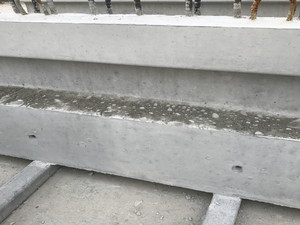
2, Filling the repair material
Apply Repair Resin to all pin holes with a metal trowel. Make sure to move the trowel from all directions, as the material won’t reach the bottom of the pin holes with one stroke.
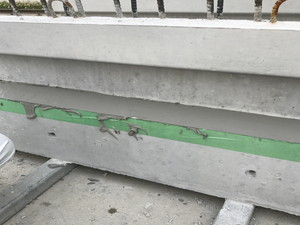
3, Flattening
Use a scraper to scrape off excess material to expose the concrete surface before Repair Resin completely dries. *If you are using a grinder, wait until the material dries.
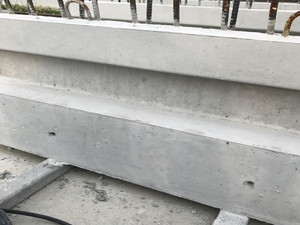
4, Surcafe treatment
Use #600 sandpaper to rub off any excess material.
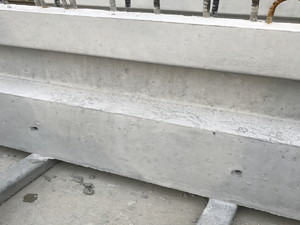
5, Finished look
When the surface matches the surrounding, it’s finished. *Please proceed to 6 if the color needs to be adjusted. Apply C Repair Lining depending on the condition of the surface.
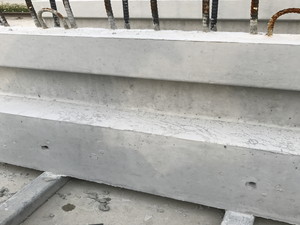
6, Spraying
Create the color to match the surroundings and spray on the surface. Spray a little at a time, and repeat.
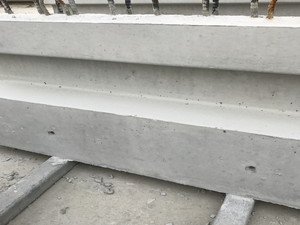
7, Adding Patterns
Add patterns if necessary.
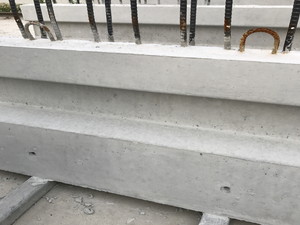
Tools to prepare
- Trowel(1〜2mm)
- Metal trowel
- Bowl
- Scraper
- Waterproof sandpaper #600
- Wire brush
- Small bucket
- Brush
- Wiping cloth
- Gas torch
- Electric blower
- Grinder
- Level Grinding Wheel #36, #80
Depending on situations
- Wagner FLEXIO 570
- Air compressor
- Air hose
- Air gun
- Pattern pad
Materials to prepare
- Repair Resin
- Cement primer (Royal W21 diluted about 20 times with water, etc.)
- Water
Depending on situations
Notes
- All Repair Resin products are pre-mixed and only use water for kneading. Please note that the curing time and color may differ if any adhesives are mixed.
- Once it’s mixed with water, please use it all. Re-watering or kneading once curing has started may cause cracks and poor adhesion.
- Because it’s cement-based, it is subject to weathering and moisture absorption. Please store with care and use as soon as possible. (The 5kg inner bag is heat-sealed to improve shelf life. Please use the rubber band attached for sealing any leftover products.)
- When repairing, remove the excess unevenness of the surface beforehand with a hammer, chisel, scraper, etc., and clean it. If the mold releasing agent remains on the surface, it’ll peel off easily. Use a brush to scrub the surface and moisten it with water for the best results.
- Please be careful when handling a scraper or a metal trowel, as they may cut your hand.
- Please read the instructions and notes of C Repair Lining and C Repair Color.
- After adding the Mixing Liquid into C Repair Color, please use it all within 24 hours.
- Cover and protect the area where you don’t wish to spray paint beforehand.
- If it adheres to any unwanted area, wipe it off with a wet wiping cloth.
- Please make sure to mix C Repair Color thoroughly before use. If it’s not fully mixed, it may cause unevenness.
- Spray C Repair Color little at a time in thin layers. If you spray too thickly at once, it may drop, and the finished look will not look as good. Please repeat the process of “Spray → Dry → Spray” until the surface is fully covered.
- When adding patterns, tap lightly and inconsistently according to the surrounding patterns.
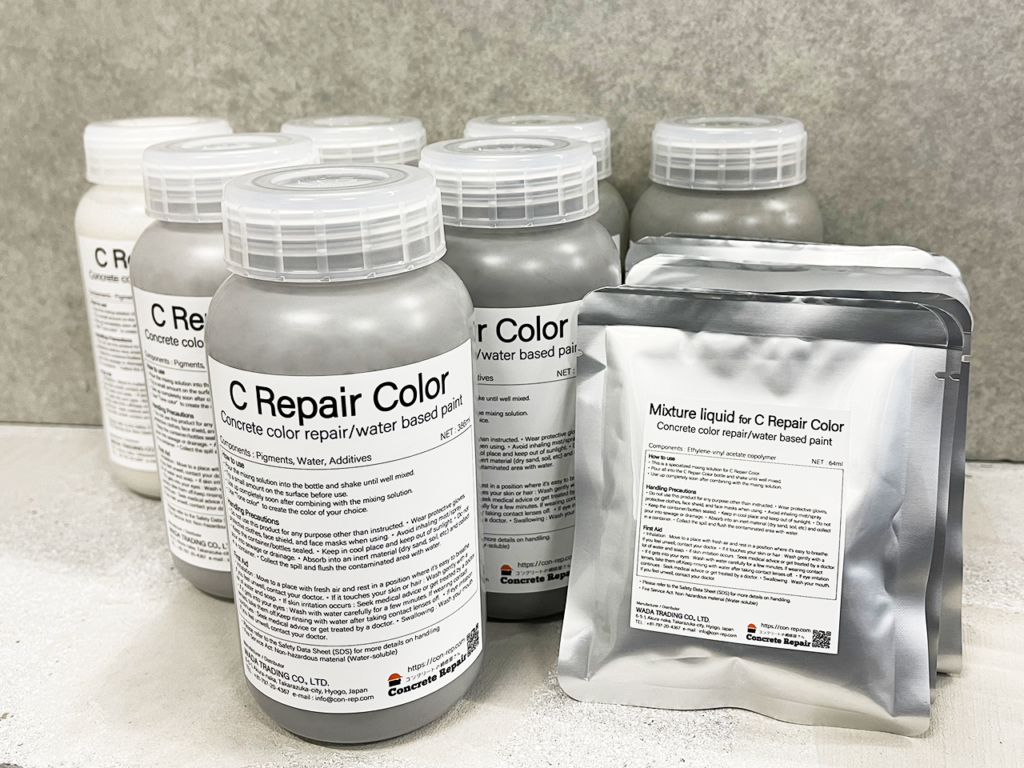
Leave a Reply